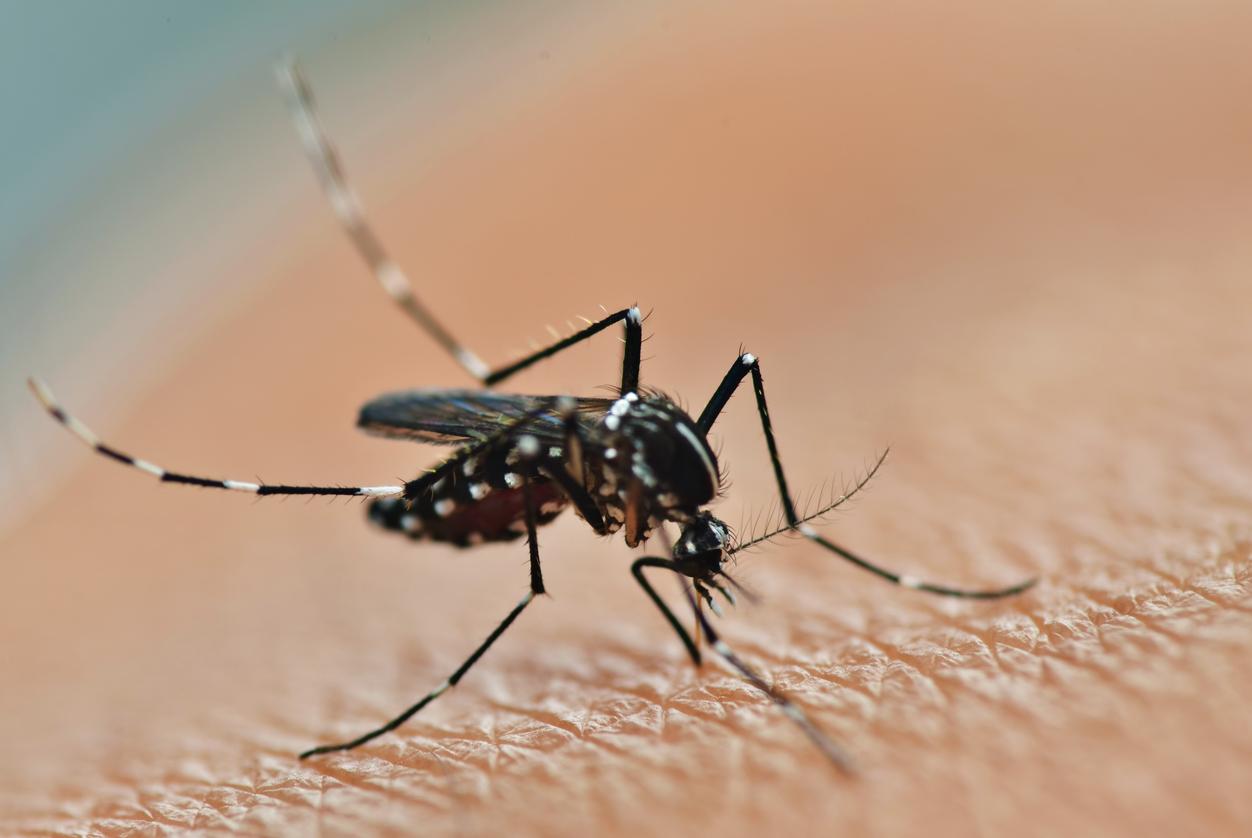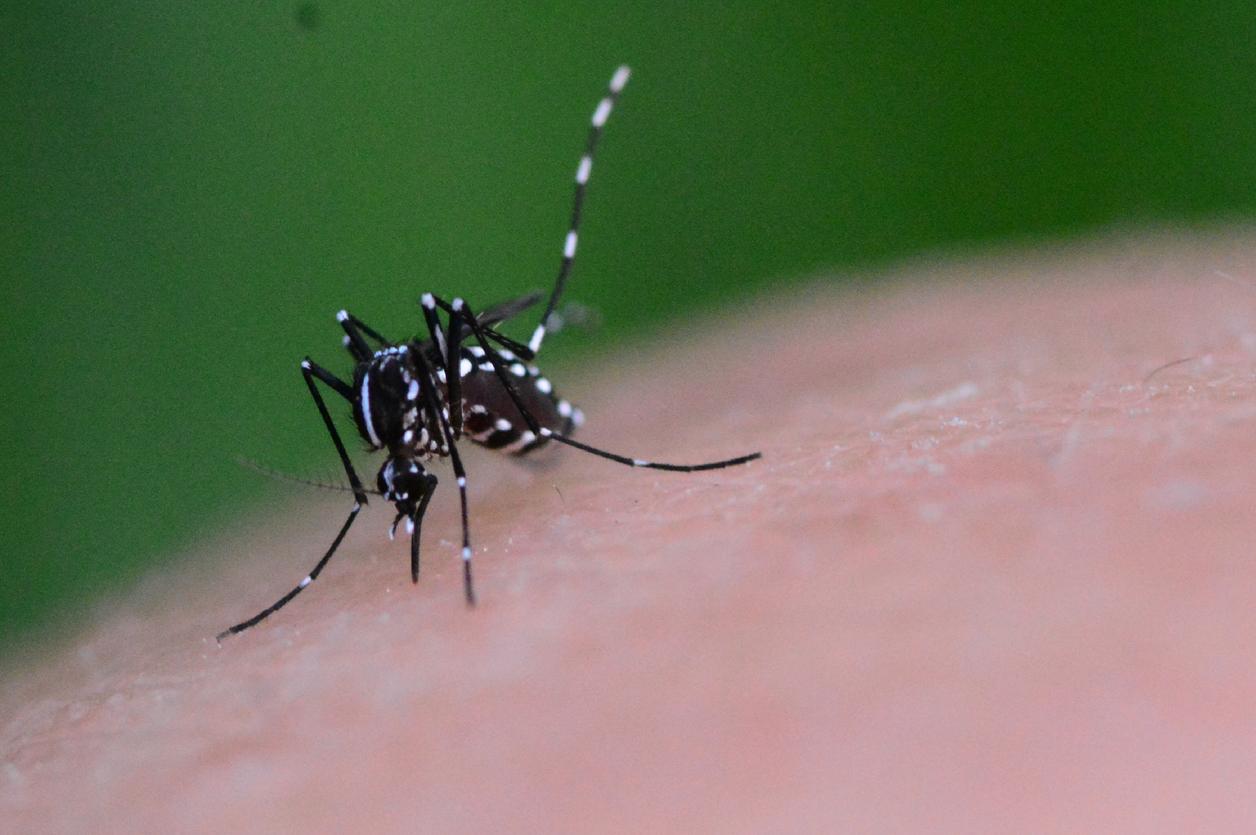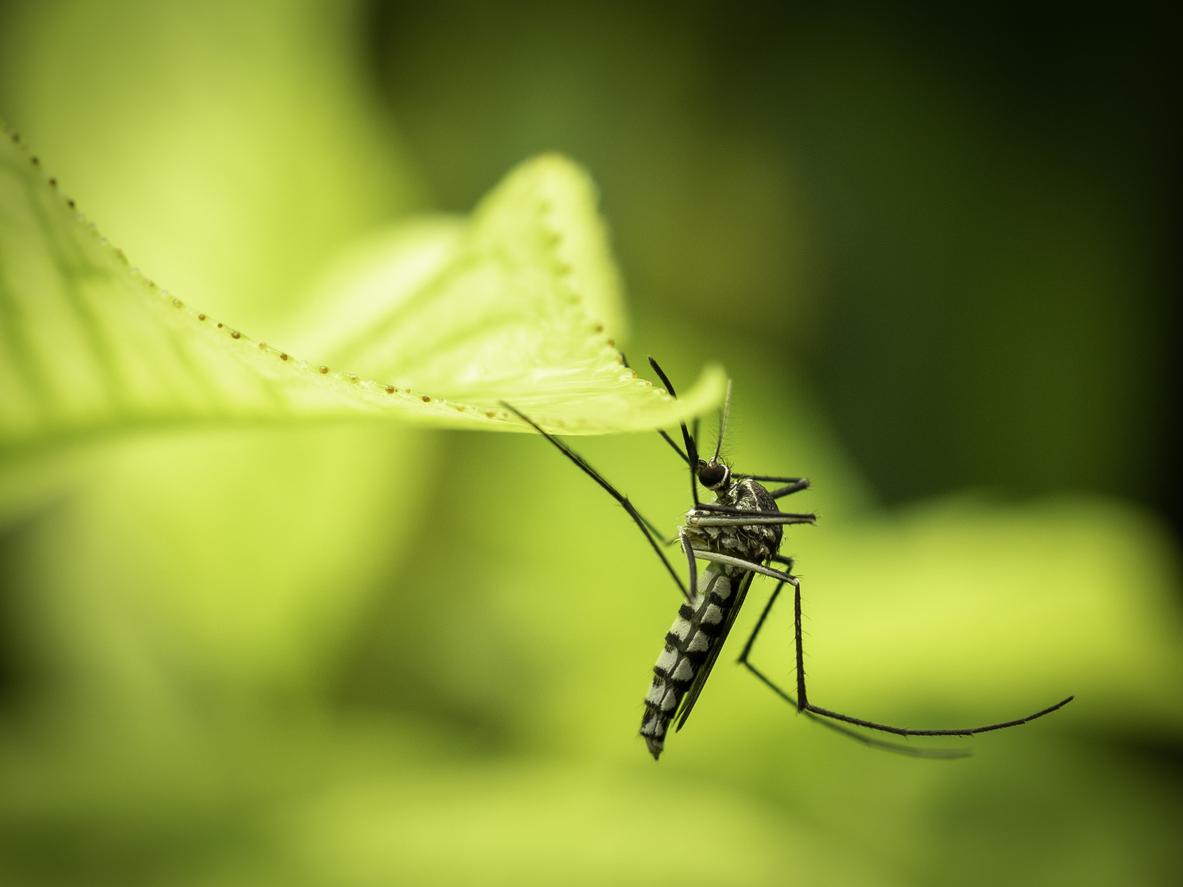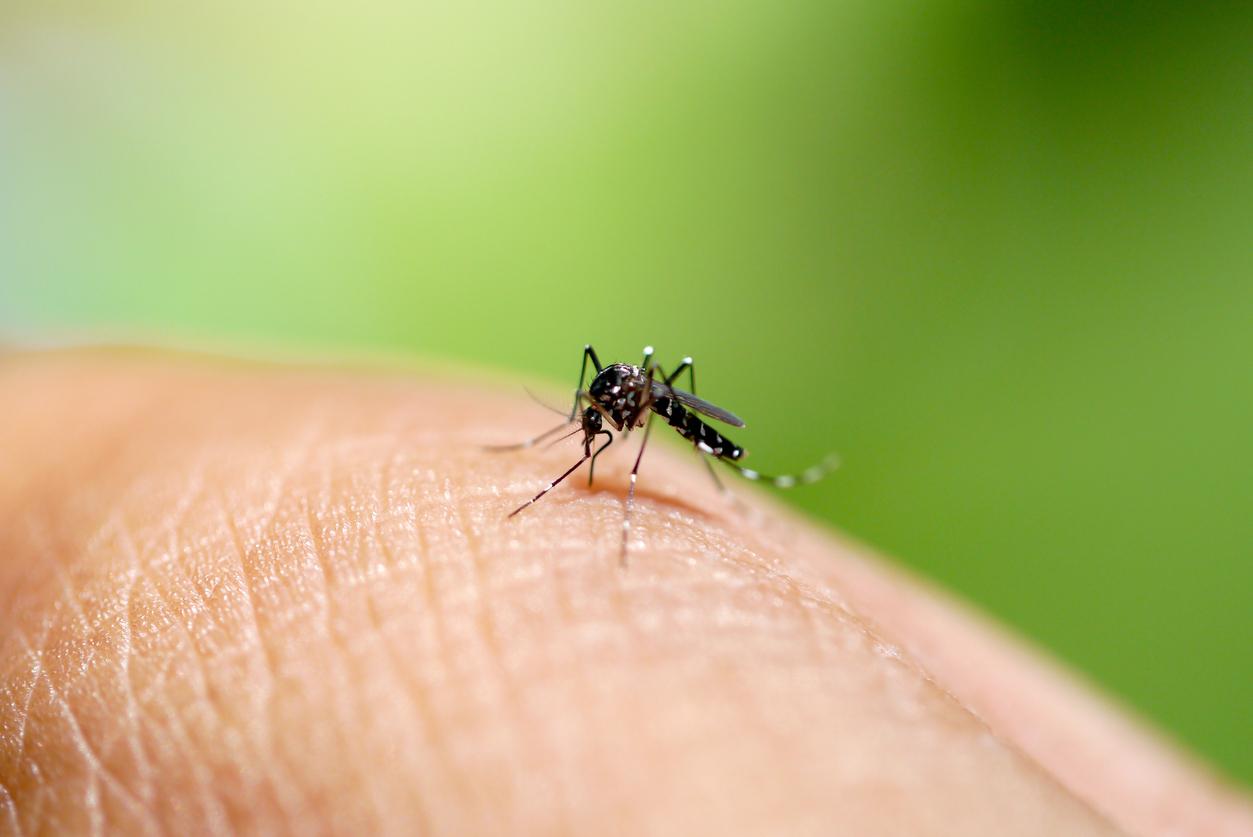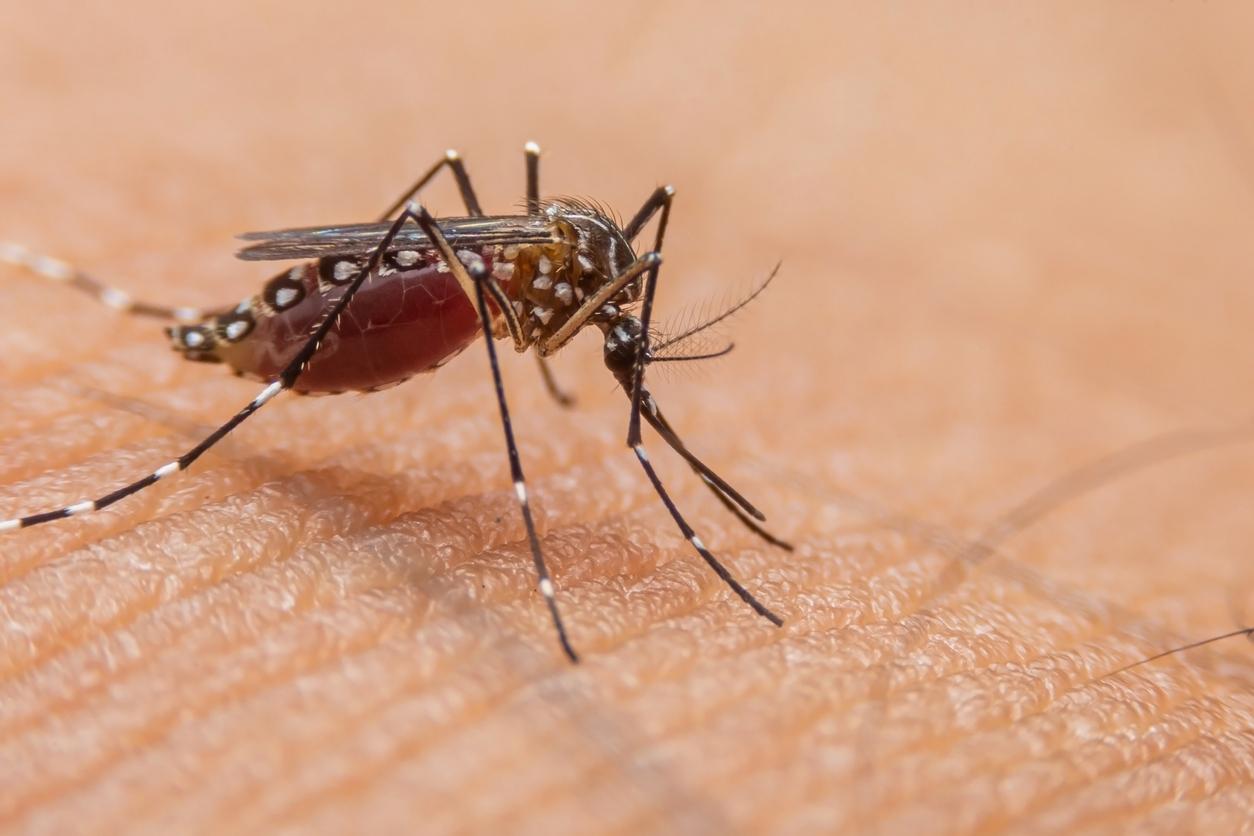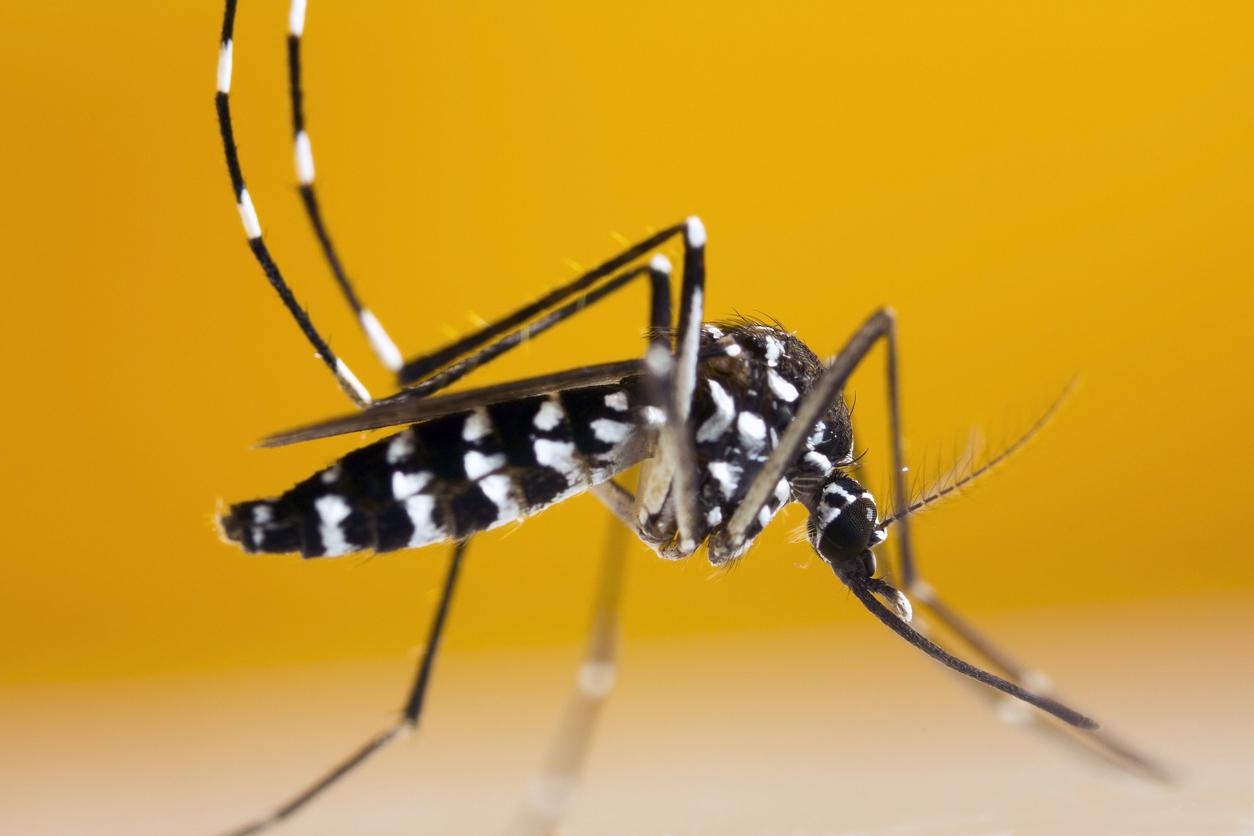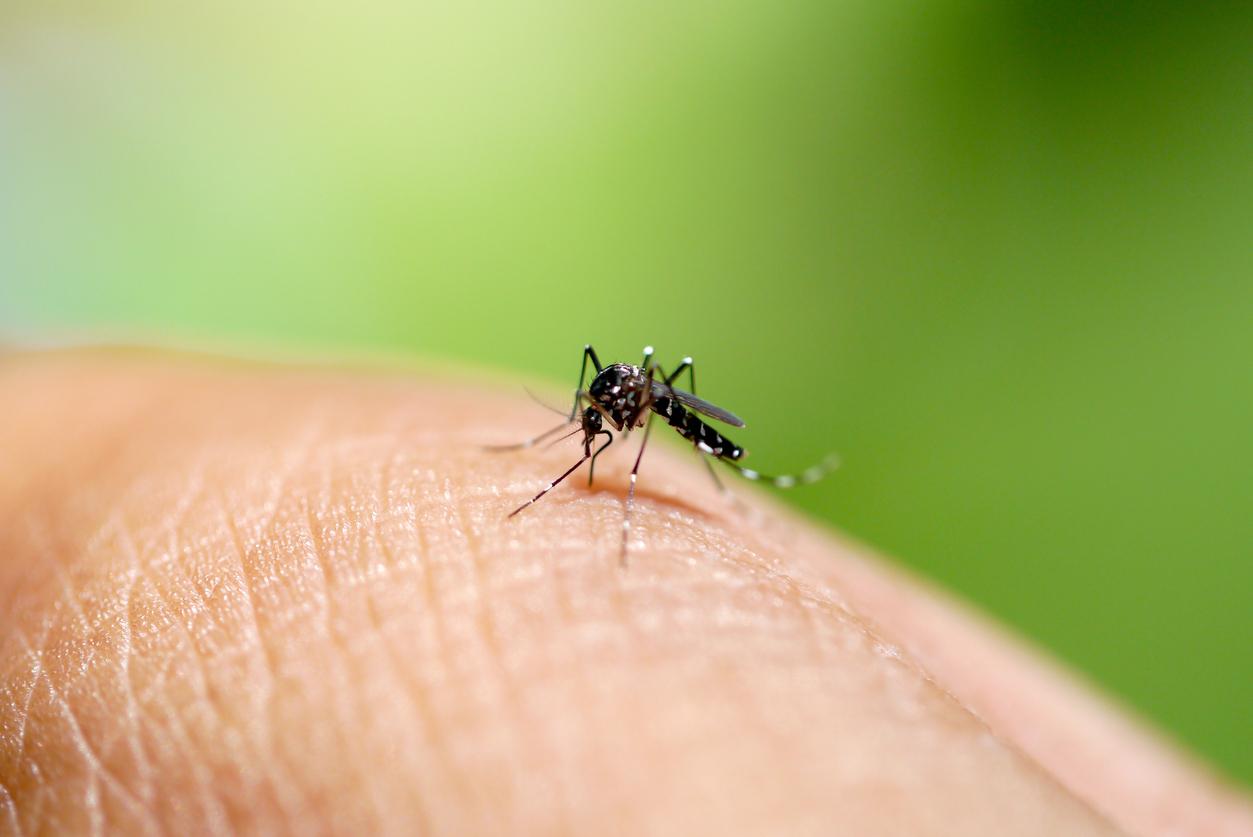For several years, the tiger mosquito has been moving towards the northern regions. He can be a carrier of certain dangerous viruses such as dengue fever or chikungunya.
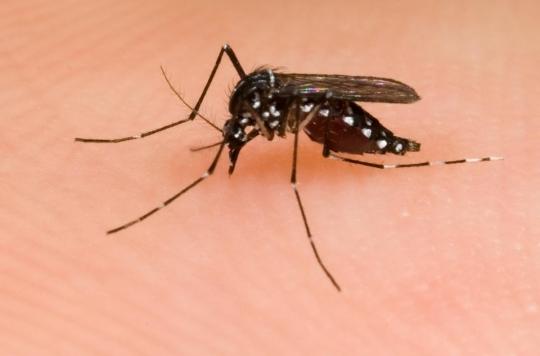
It is so small and yet so dangerous: the mosquito. In France, in recent years, the tiger mosquito has colonized more and more territories. Aedes albopictus is native to Asia and can transmit serious diseases such as chikungunya, dengue or zika. The website Mosquito vigilance publishes, Friday, April 26, its map listing the presence of the tiger mosquito in France in 2019.
An increased presence in the territory
In 2019, nine additional departments are on red alert. This alert level means that the mosquito is established and active in the territory. No French department is on health watch anymore: all are on heightened vigilance, the minimum threshold of which is entomological surveillance. “Today, we have 51 colonized departments, explains Stéphane Robert, president of Vigilance moustiques at France Info. It is possible that the mosquito is in other departments but it still needs to be detected.
A presence linked to containers
In recent years, the tiger mosquito has been moving north. The insect arrived from South-East Asia by containers unloaded in the ports of the South of France. Its presence is concentrated in the South-East and South-West, up to the borders of Loire-Atlantique on one side, and the limits of Yonne and Jura on the other.
The tiger mosquito is more dangerous than these congeners: it can carry zika, dengue or chikungunya viruses. It bites a human carrier and then itself becomes capable of transmitting it to another person.
Prevention measures
To protect against the tiger mosquito, the Ministry of Health recalls that it is necessary to combine individual and collective measures. Wearing long clothes, putting repellent, installing mosquito nets helps to avoid bites. At the same time, mosquito control operations must be carried out when contamination is observed, and upstream, remove stagnant water, where mosquitoes like to lay eggs. According to Vigilance mosquitoes, a few millimeters of stagnant water is enough for a female tiger mosquito to lay hundreds of eggs.
.









